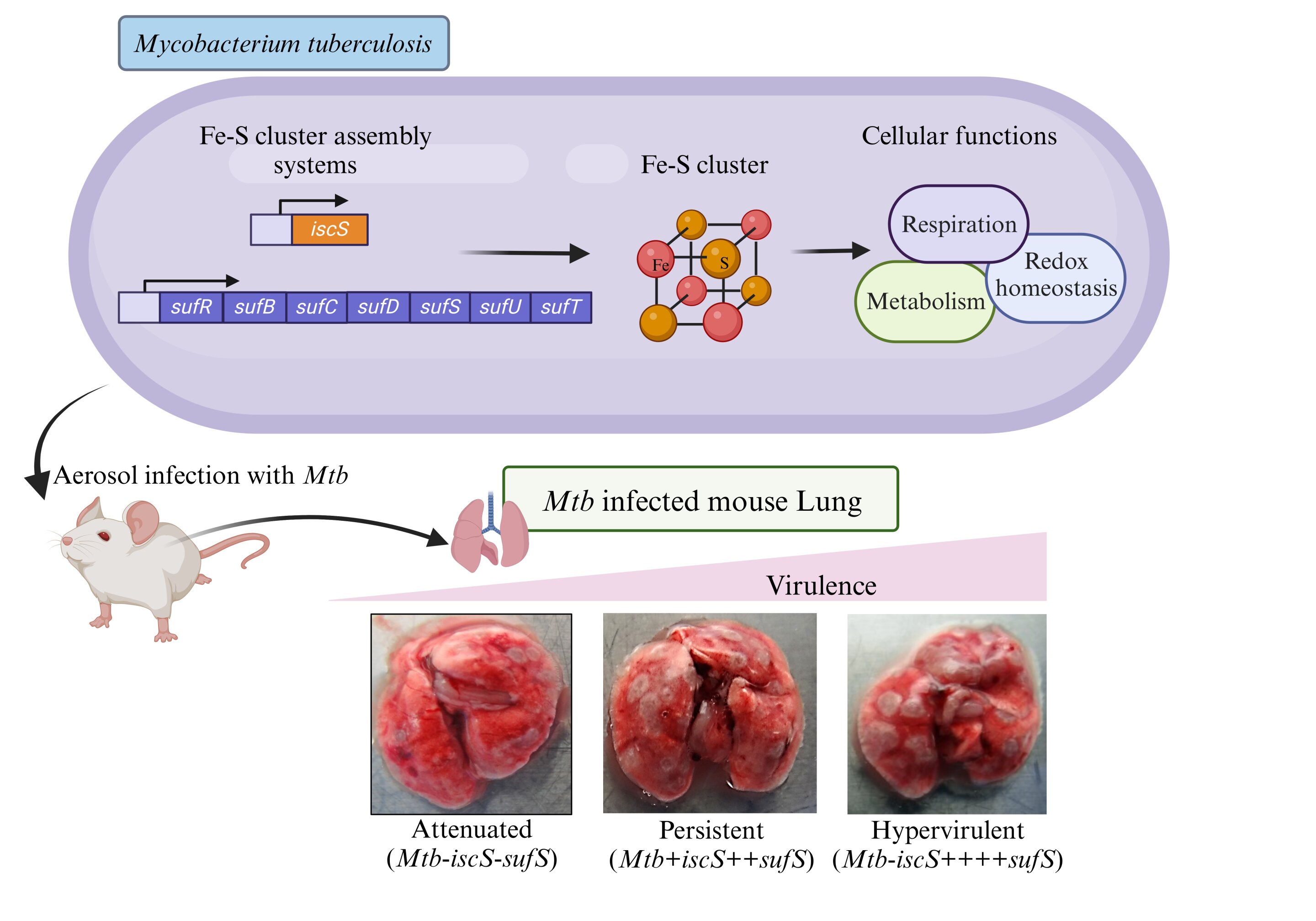Researchers at the Indian Institute of Science (IISc), in collaboration with NCBS and InStem, have discovered a significant mechanism that allows the tuberculosis (TB) bacterium to persist in the human host for decades. They have found that a single gene involved in the production of iron-sulfur clusters plays a crucial role in the persistence of the TB bacterium. This study has been published in Science Advances.
However, in several asymptomatic individuals, Mtb hides within deep oxygen-limiting pockets of the lung and enters a state of dormancy where it does not divide and remains metabolically inactive. By doing so, it successfully evades the immune system and TB drugs.
“Due to this persistence, there is a bacterial reservoir in a subset of the human population at any given time, which can reactivate and cause infection. Unless we understand this persistence, we will not be able to eradicate TB,” says Amit Singh, Associate Professor at MCB and corresponding author of the study.
Singh’s team cultivated Mtb in liquid cultures containing special supplements required for its growth in a state-of-the-art Bio Safely Level-3 facility at the Center for Infectious Disease Research (CIDR), IISc. Several proteins in Mtb rely on iron-sulfur clusters for their functioning. These clusters consist of iron and sulfur atoms arranged in various configurations such as chains or cuboids. The iron atoms in the cluster facilitate the transfer of electrons from one site of a protein complex to another in cellular reactions like respiration and carbon metabolism.
“The iron-sulfur cluster-containing proteins are crucial for essential processes such as energy production through respiration, enabling the bacteria to survive the harsh conditions of the lungs and cause infection. Therefore, we aimed to investigate the mechanisms employed by Mtb to construct these iron-sulfur clusters,” explains Singh.
2023-12-27 10:00:04
Post from phys.org rnrn
